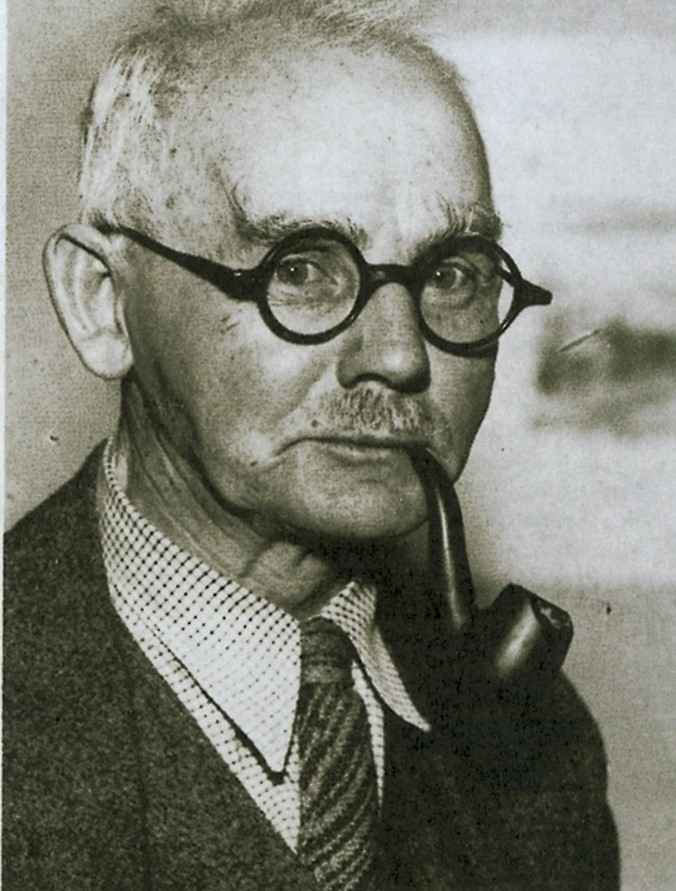B.J.O. Nordfeldt (1878 - 1955) Works

Bror Julius Olsson “B.J.O.” Nordfeldt (1878 – 1955)
Bror Julius Olsson was born in Tullstrop, Sweden in 1878. He immigrated to the United States in 1891, later adopting his mother’s maiden name of Nordfeldt. Beginning his art studies at the Art Institute of Chicago where he was chosen to assist fellow artist, Albert Herter, with a large mural project for the McCormick Harvester Company. In 1900, he was sent to Paris by McCormick to help set up the completed mural at the Paris Exposition. While there, he studied briefly at the Academie Julian before traveling to England to study woodblock printmaking under F. Morley Fletcher. Returning to Chicago in 1903, Nordfeldt would spend the next ten years painting mainly figurative works in an academic style similar to that of the Old Masters. By the mid-teens he had developed a bold dramatic modernist style and divided his time between New York and Provincetown, Massachusetts. There, he invented the “Provincetown Print”, a form of woodblock printing producing a multi-colored print with a single impression. In 1919, Nordfeldt moved to Santa Fe, New Mexico where he built a home, and although continuing to make woodblocks and etchings, he primarily concentrated on painting.
Nordfeldt spent the year of 1933 teaching at the Minneapolis School of Art where he met an art student named Emily Abbott whom would later become his second wife. For the next several years he taught at the Wichita Art Association in Kansas, until finally moving to Lambertville, New Jersey in 1937. In the early 1940s, Nordfeldt was a guest professor at the University of Texas and upon returning to Lambertville, he would marry Emily Abbott in 1944. Nordfeldt was most prolific during the 1930s and 1940s, creating some of his best work. His paintings are highly sought after by collectors of both western as well as New Jersey and Pennsylvania modernist art.
He exhibited at the Panama-Pacific Exposition in San Francisco (1915 Silver Medal), the Art Institute of Chicago (1926 medal(, the Sesquicentennial Exposition in Philadelphia (1926 medal), the Corcoran Gallery Biennials, the Smithsonian Institute, the Arts Club of Chicago, the Denver Art Museum, the Carnegie Institute, the Whitney Museum of American Art, and the Metropolitan Museum of Art, among others. Nordfeldt’s work is in the permanent collections of over thirty-five museums internationally.
Sources:
- New Hope for American Art by James Alterman
- B.J.O. Nordfeldt: An American Expressionist, Sam Hunter, 1984
- B.J.O. Nordfeldt, - New Hope Modernists, Pearson, 1991

